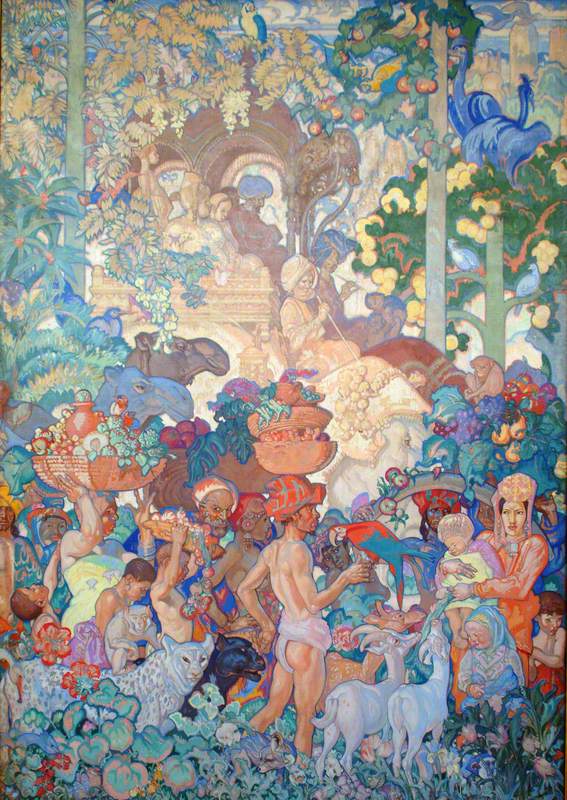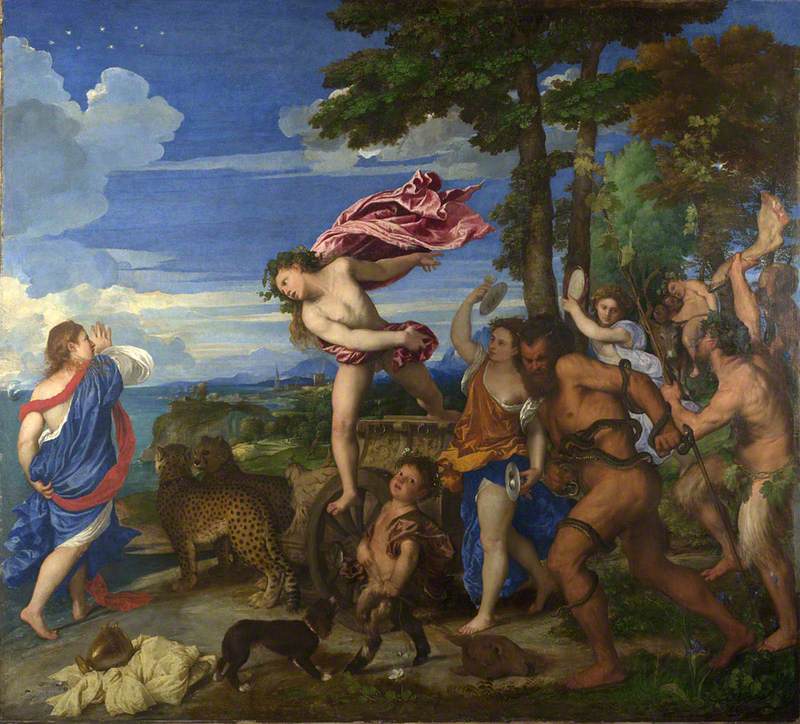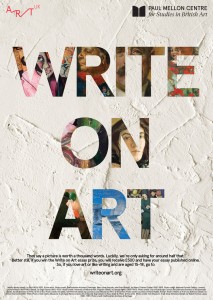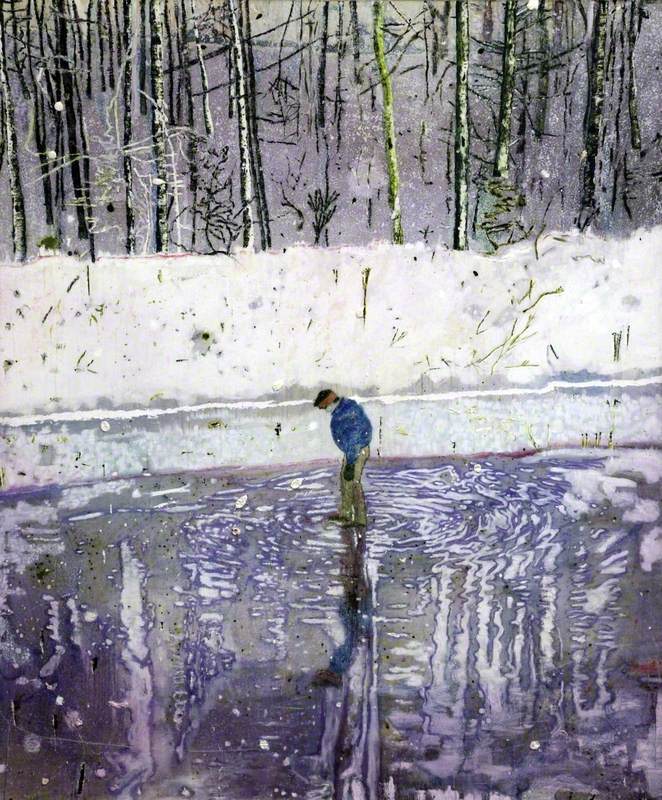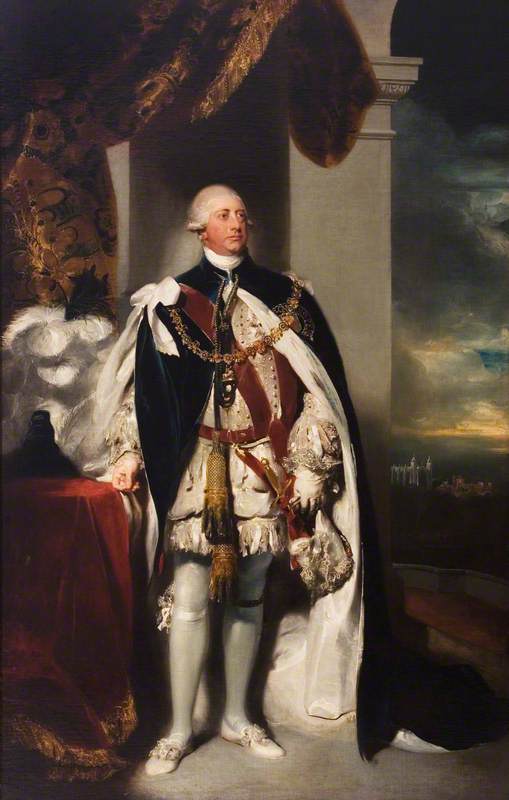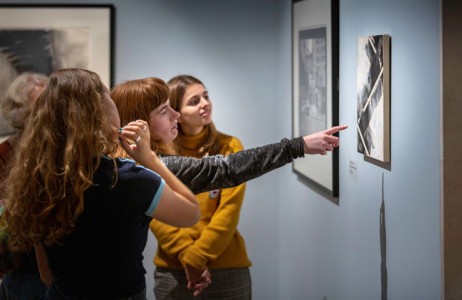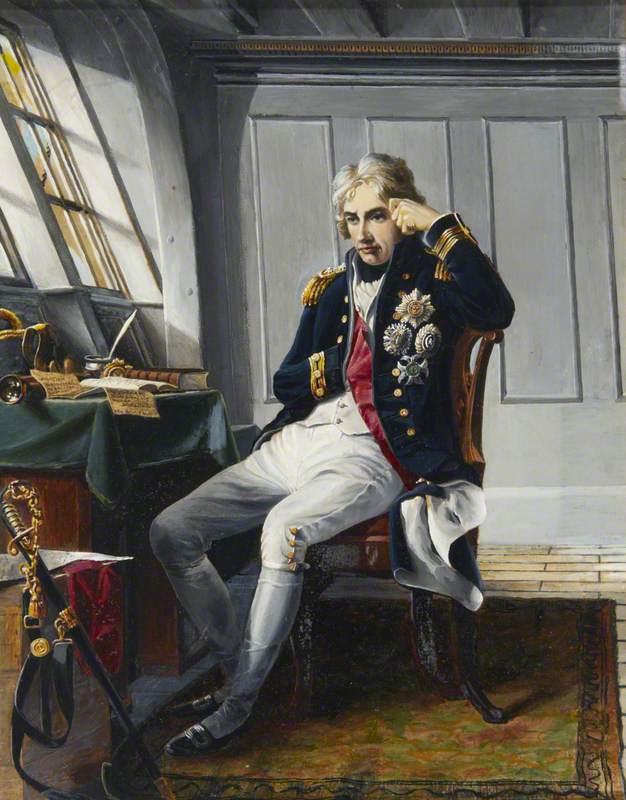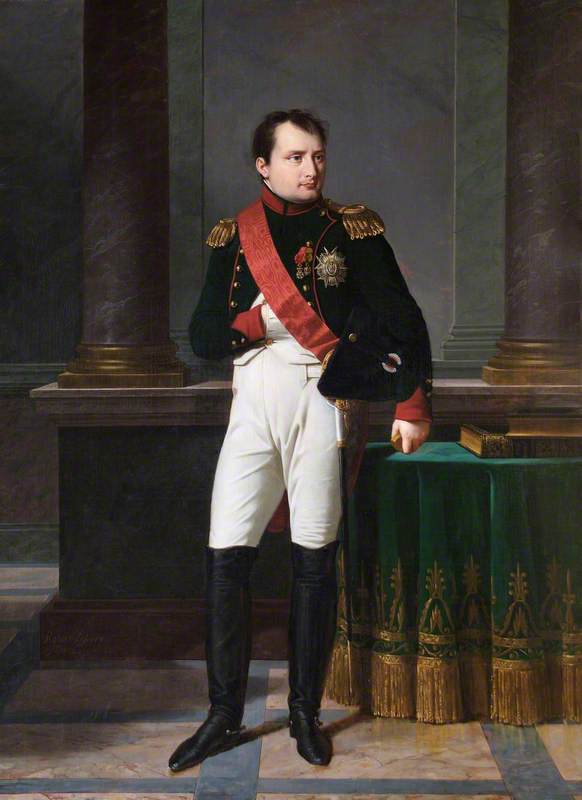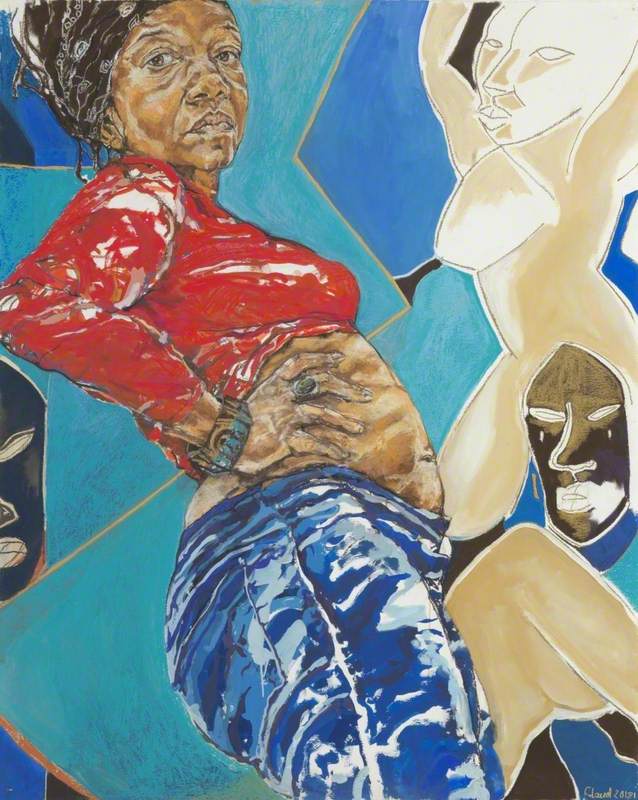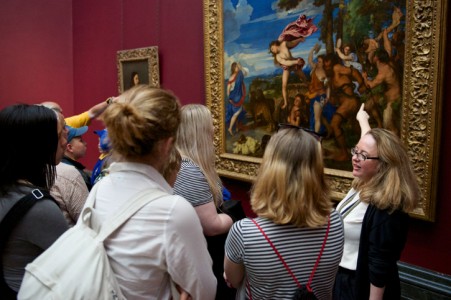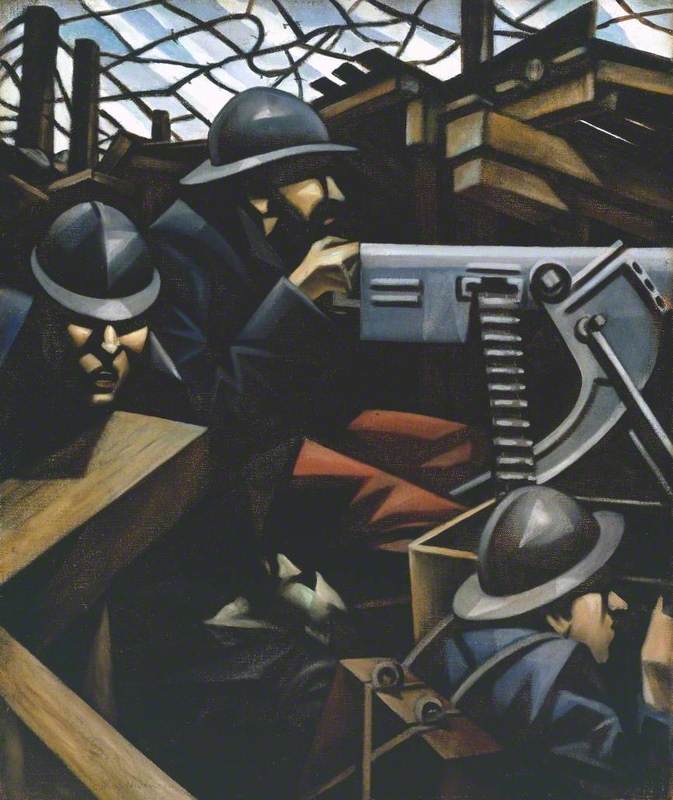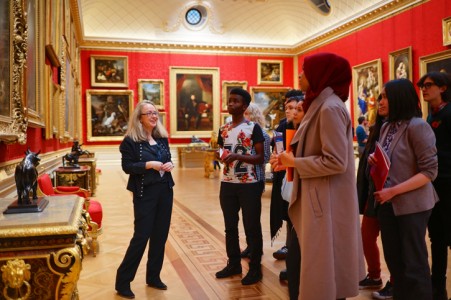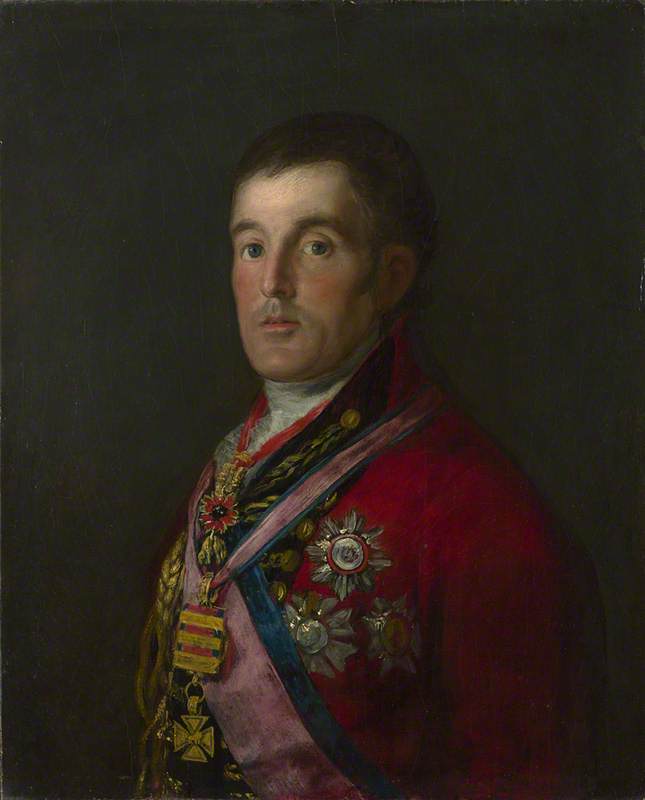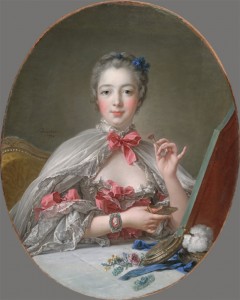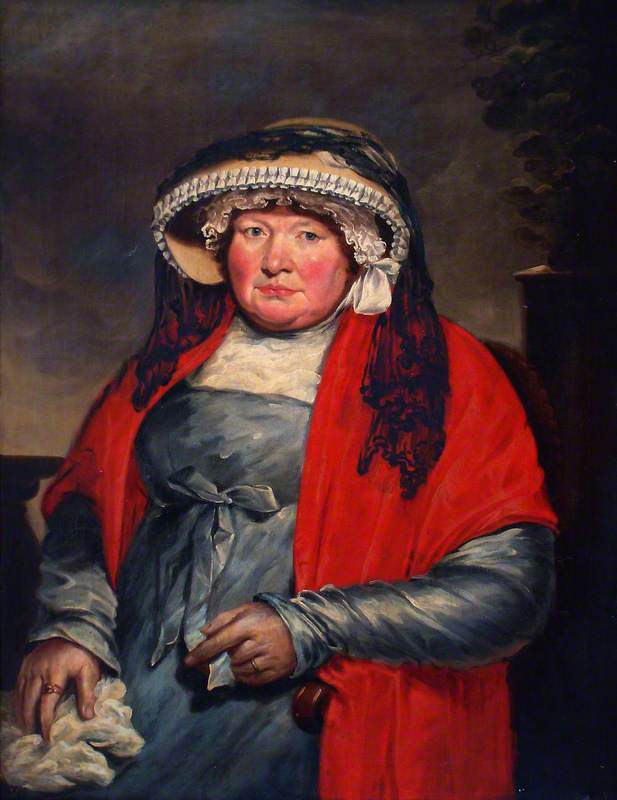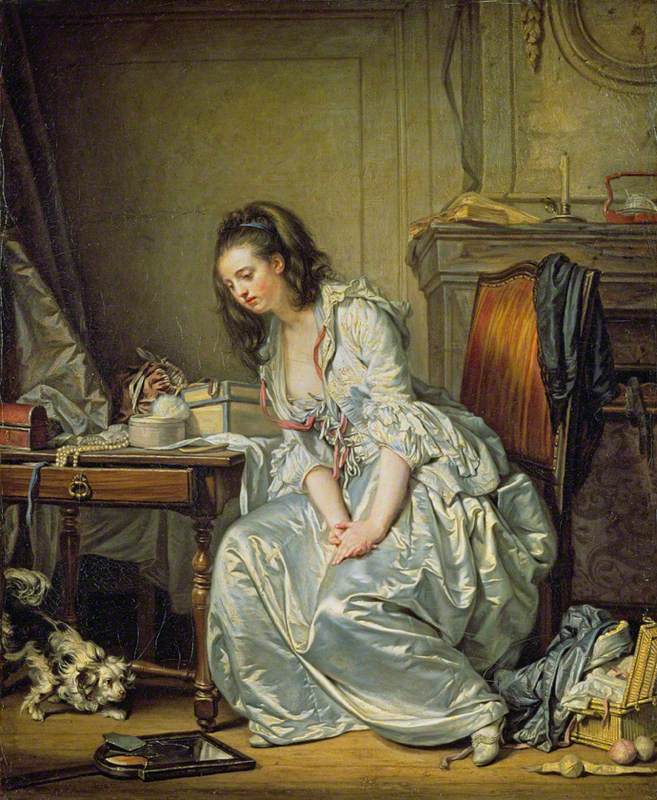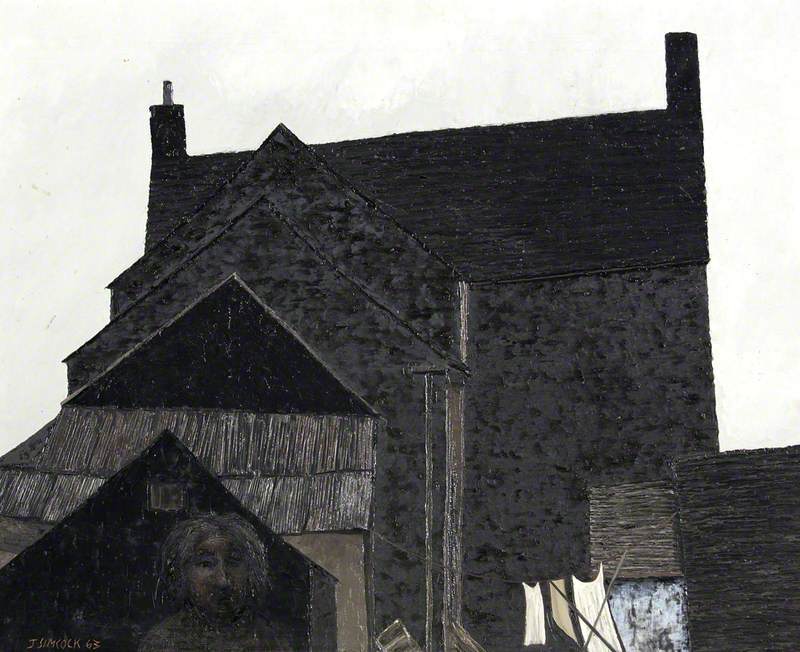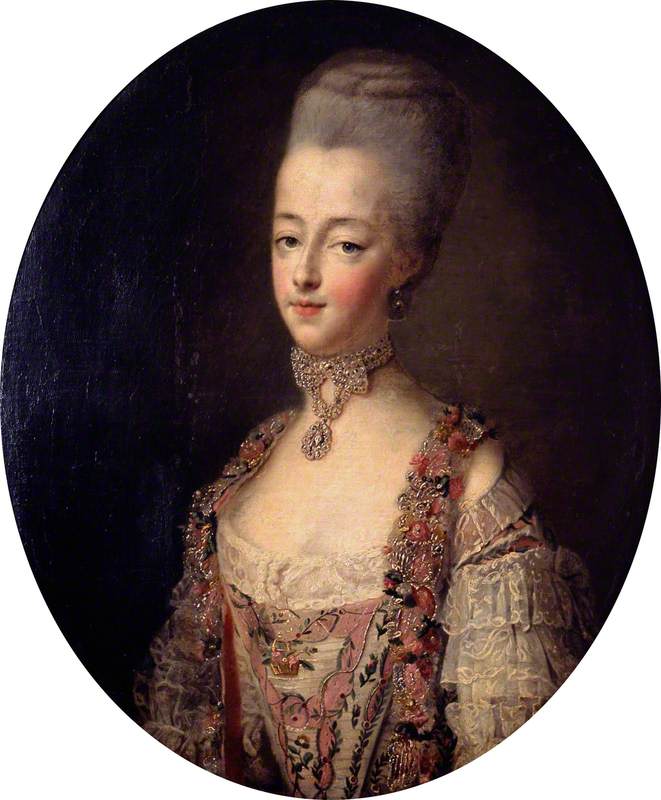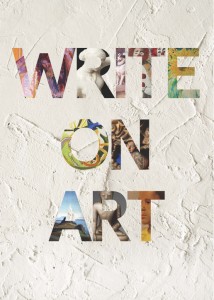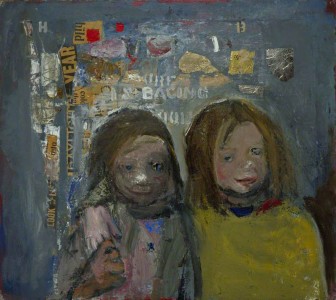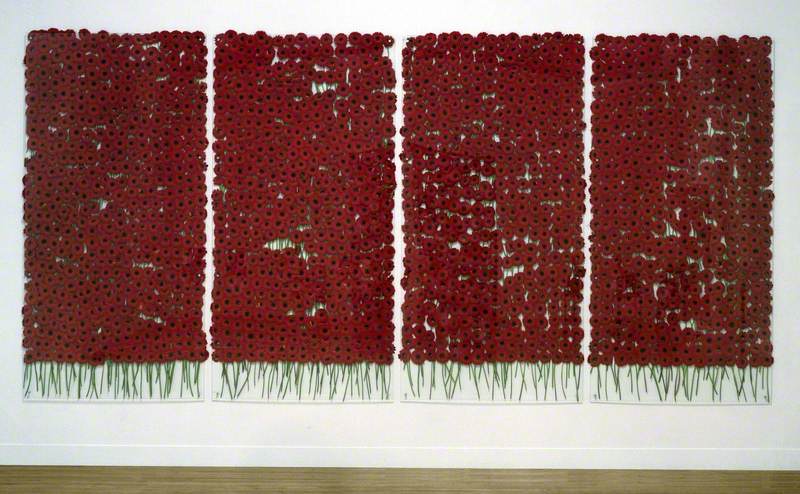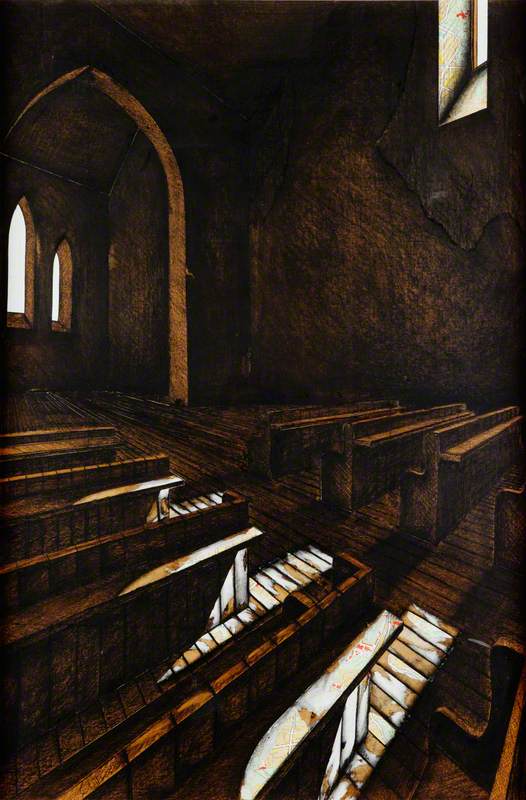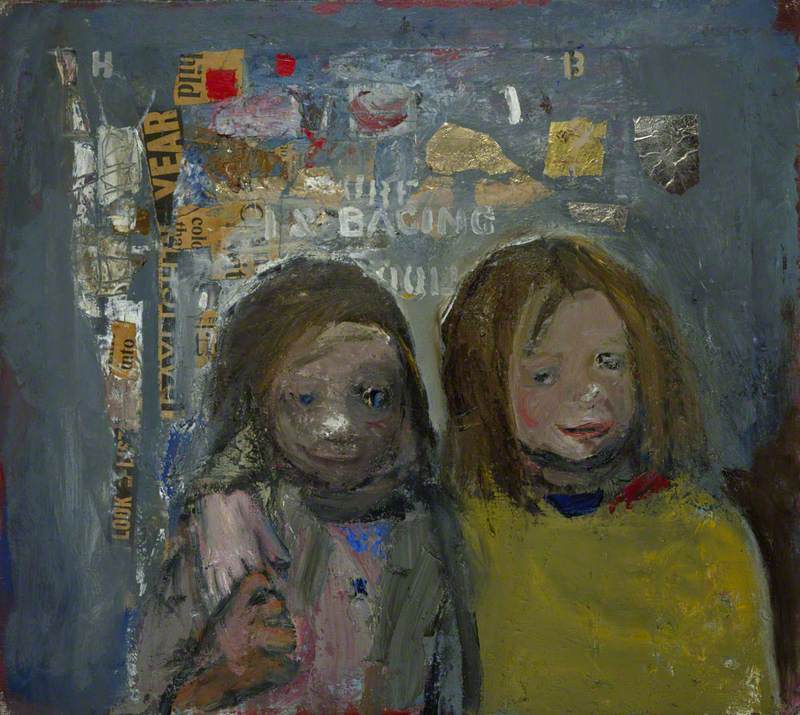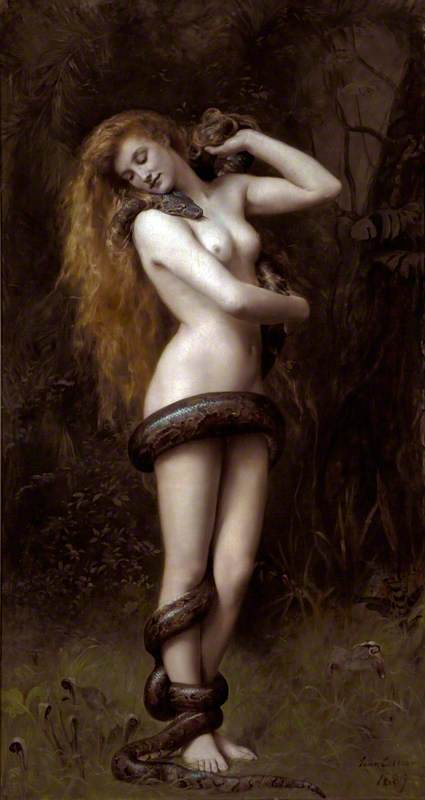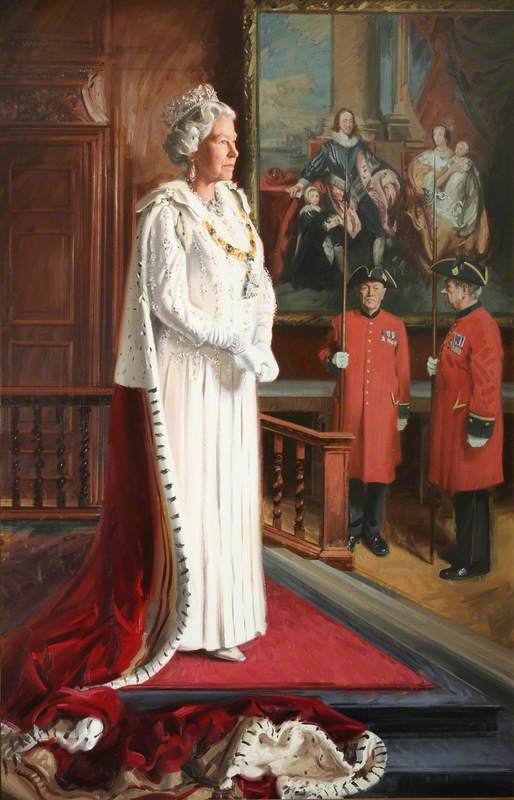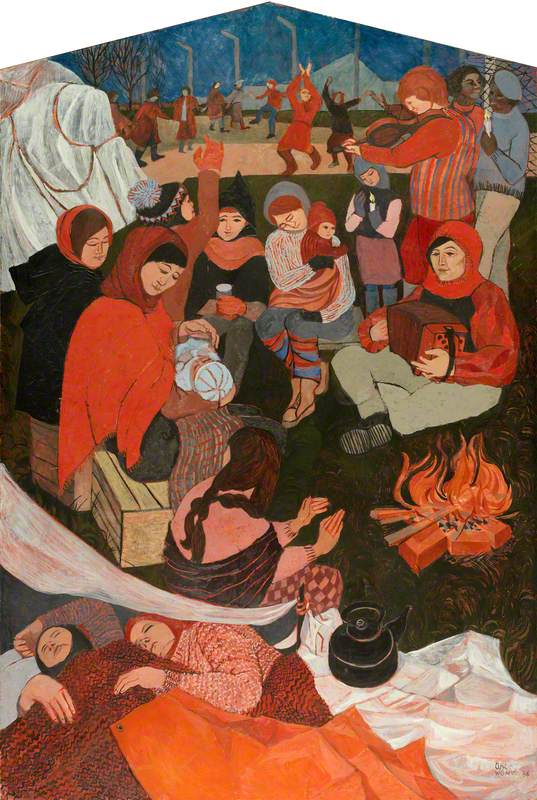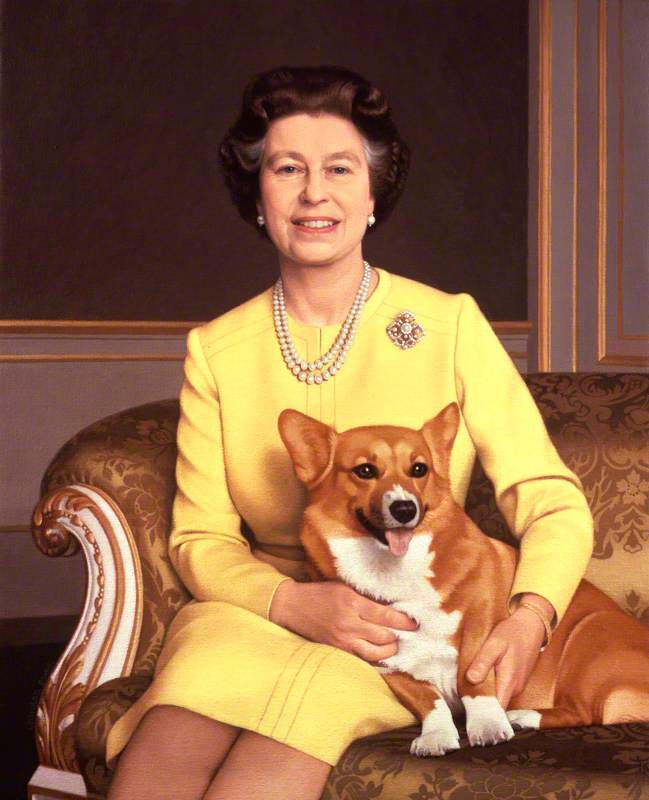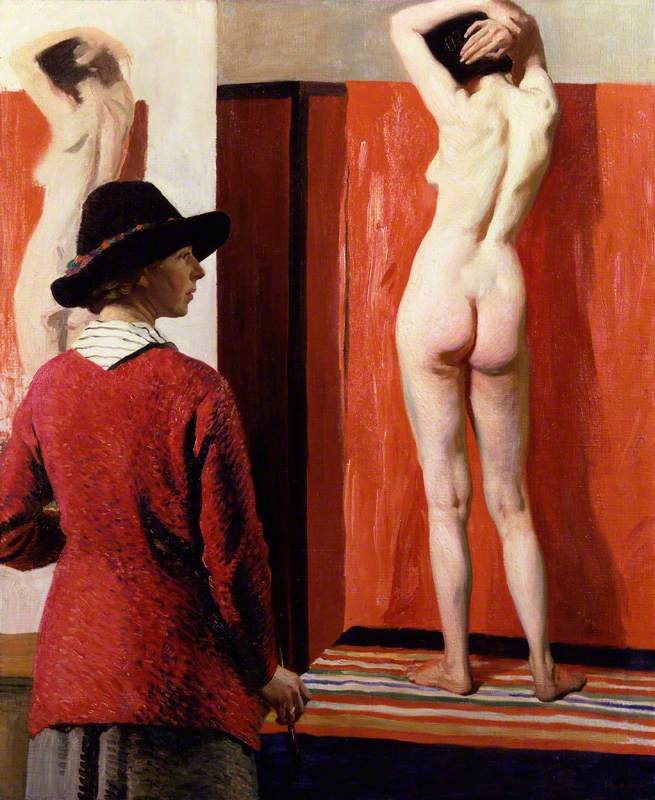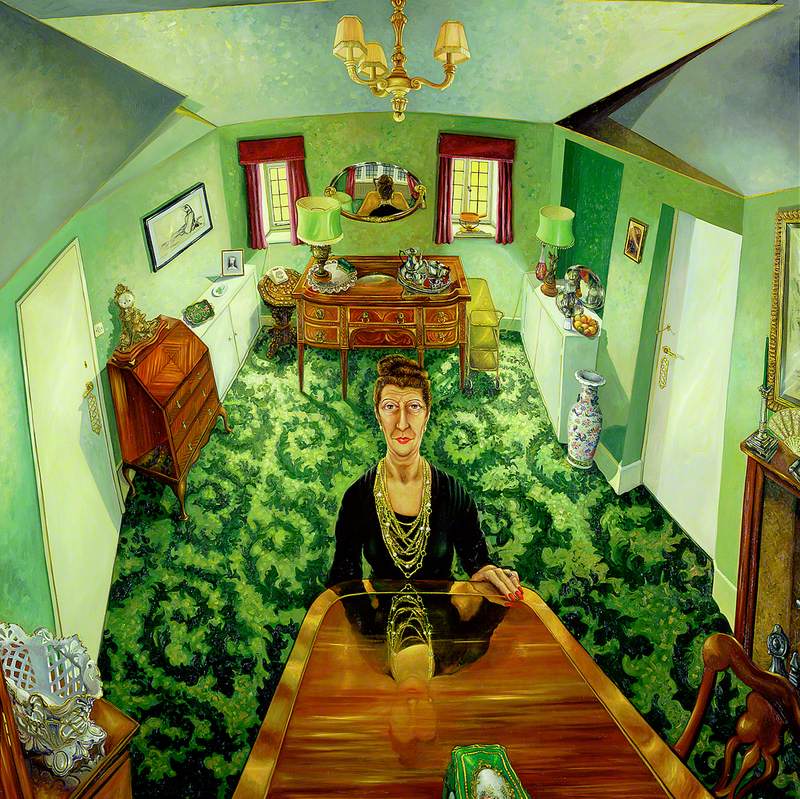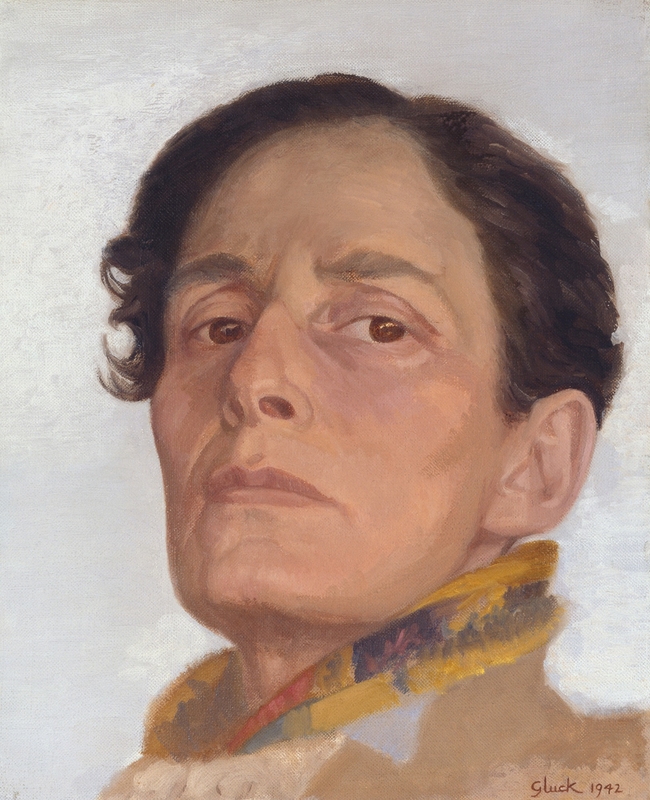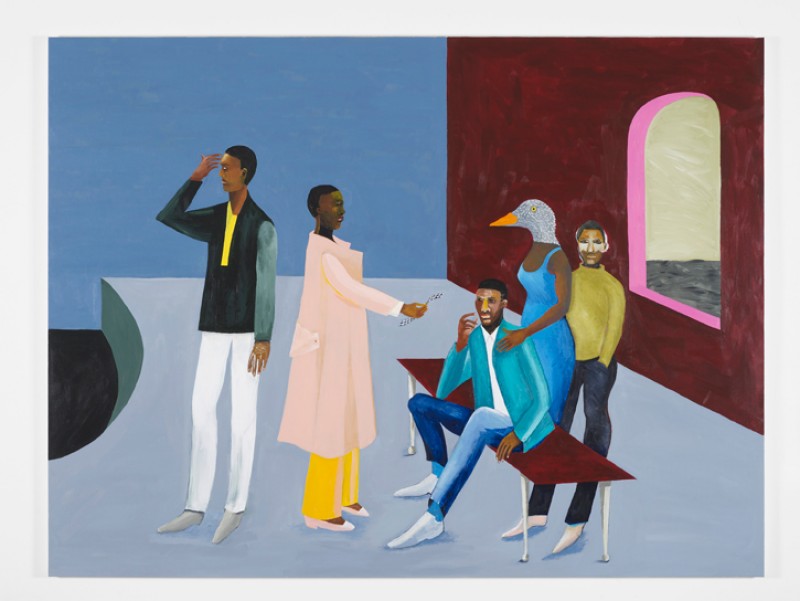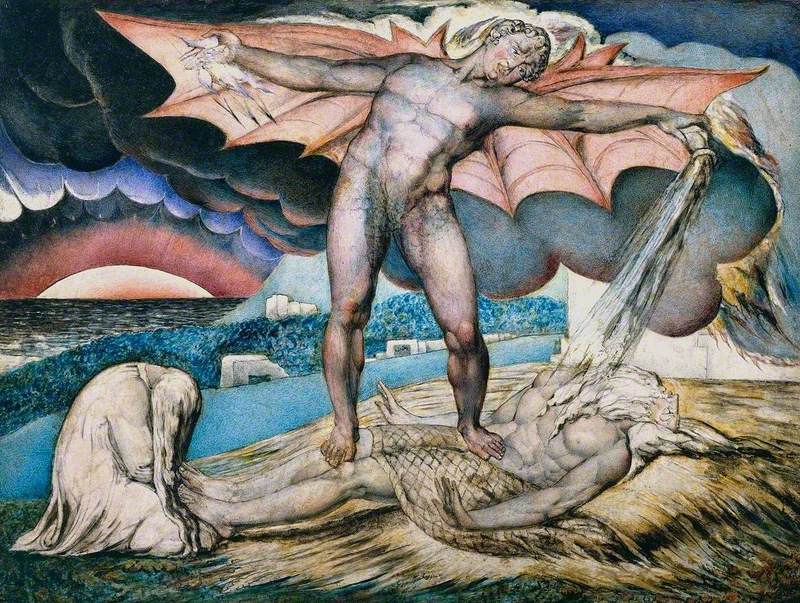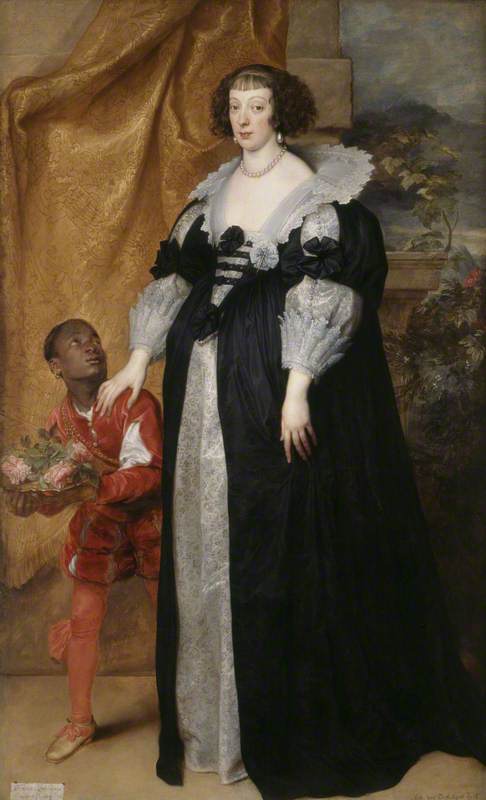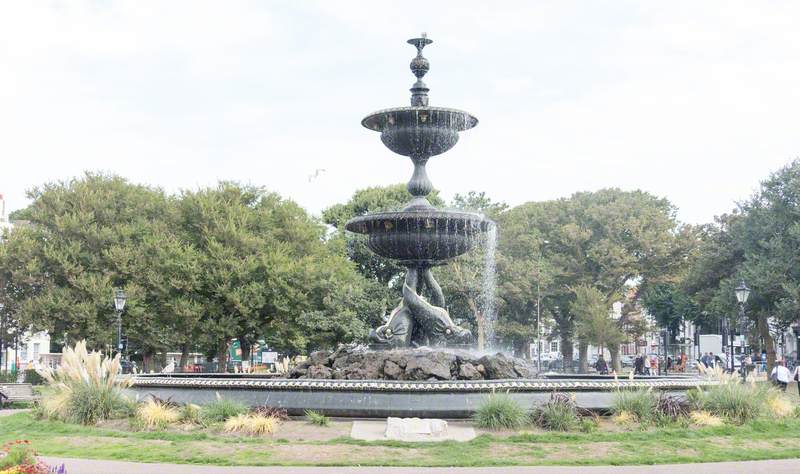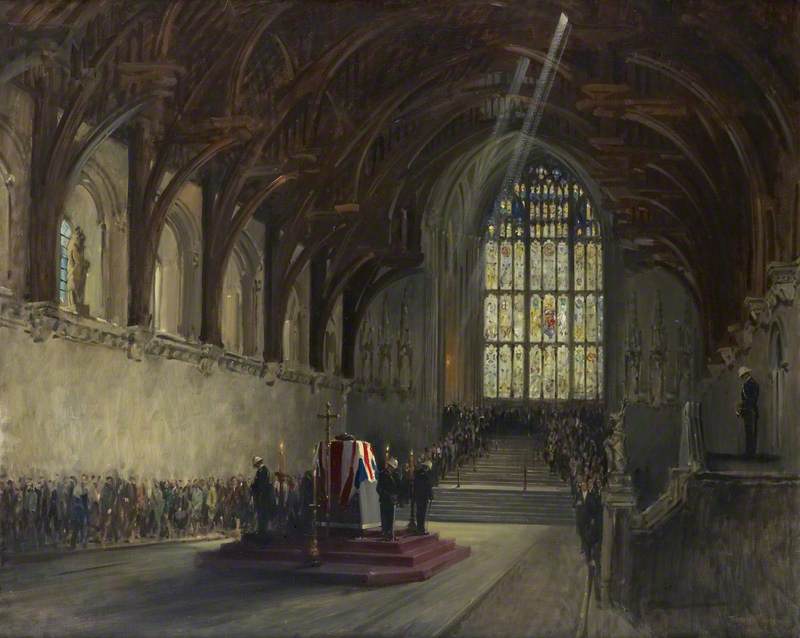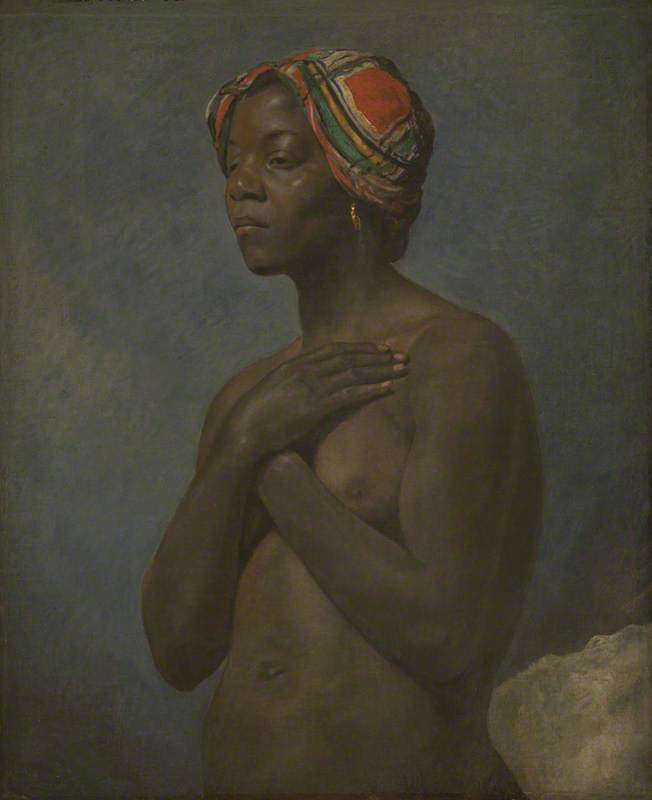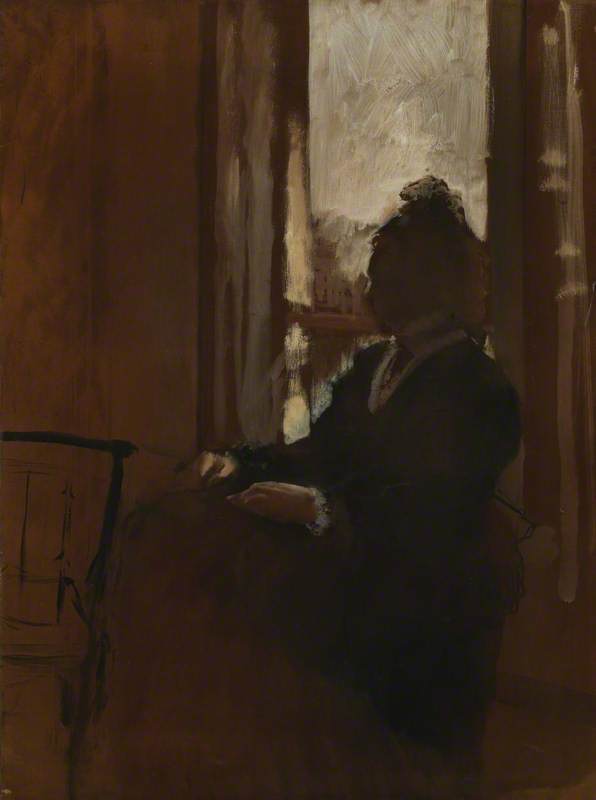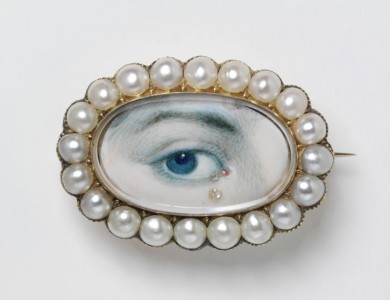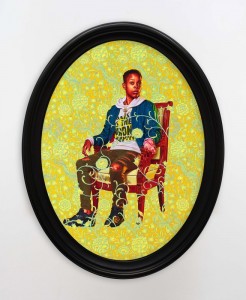This essay was written for the 2018 Write on Art prize, winning second place in the Year 10 & 11 category.
Throughout
George IV (1762–1830), when Prince of Wales
(after Joshua Reynolds) 1780
John Hoppner (1758–1810) 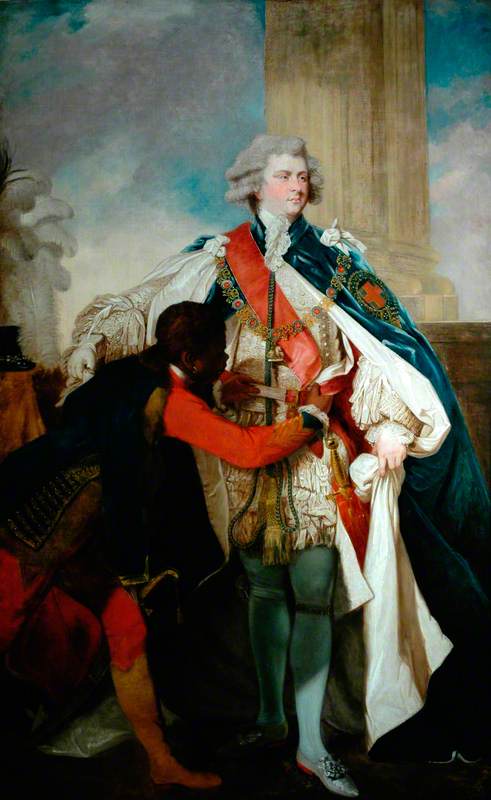
The Prince of Wales (later George IV – the large man in white, rich red, and a regal blue) is painted in a noble stance of poise and
To make this reading simpler, let us name George ‘GIV’, and let us name the black servant ‘The Focal Point Of This Text’, or ‘Focal’ for short. Focal in this painting is used as a device to draw attention to GIV, to emphasise GIV’s position of power in society, through his position, in terms of height and grandeur, over Focal, and this power dynamic is highly representative of the relationship between Europeans and people of colour at the time (and still, in modern society). Often, within European art, people of
Rather than telling you how the African ostrich feathers in the background emphasise GIV’s, and Europe’s, ruthless colonial exploitation, or how the colour of GIV’s clothes match the colours of the sky, equating him to a celestial being, I am using this artwork as a representation of the stereotypical portrayal of people of colour in the context of European art. This painting was made during the height of slavery and the British
This has allowed us to look at art history with a different lens, giving us the ability to see the inequalities of the past as they were.
Sophie Mullins-Poole
